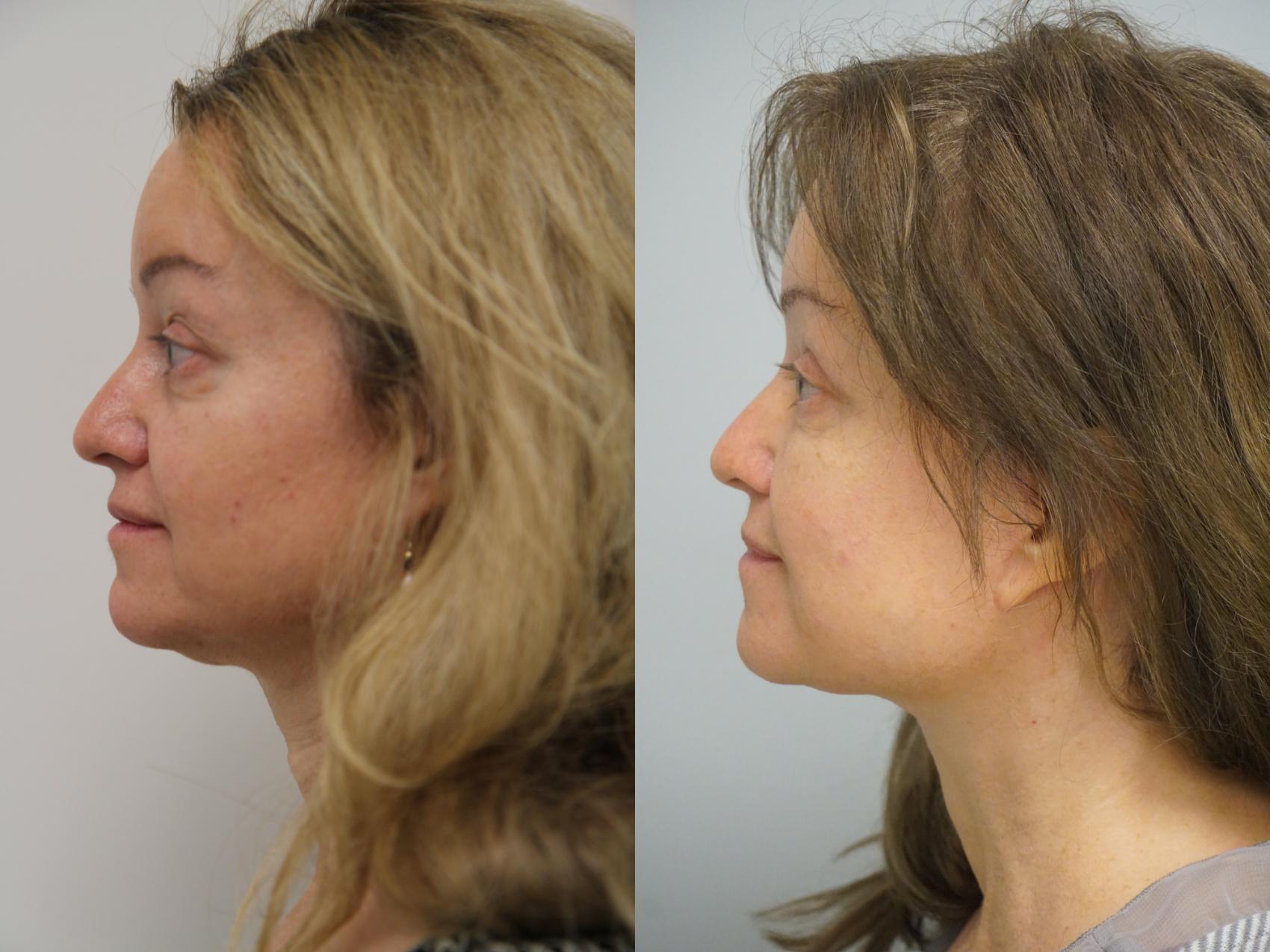A mini face-lift is often viewed as a less invasive alternative to a full facelift. It is designed to address the early signs of aging, focusing on specific areas of the face. If you’re thinking about facial plastic surgery, the mini face-lift may be an option worth exploring. Understanding whether you’re an ideal candidate involves several factors, including skin condition, age, and treatment goals.
What Is a Mini Facelift and How Does It Differ from a Full Facelift?
A mini face-lift is a targeted procedure aimed at lifting and tightening the lower portion of the face, particularly the jawline and cheeks. The surgical approach involves smaller incisions and a shorter recovery time than a traditional facelift. This procedure focuses on restoring a more youthful appearance while minimizing disruption to daily life.
A complete facelift, on the other hand, addresses more advanced signs of aging across the face and neck. It is typically recommended for individuals seeking comprehensive rejuvenation. Because the scope of a traditional facelift is broader, it often involves longer surgery times and a more extended recovery period. Understanding the difference between these procedures can help patients decide which option aligns best with their needs.
What Skin Types and Conditions Benefit Most From a Mini Facelift?
Individuals with mild to moderate skin laxity may find that a mini facelift addresses their concerns effectively. When skin still retains some elasticity, lifting the underlying tissue creates noticeable yet natural results. Those with more advanced sagging or poor skin elasticity may require more extensive facial plastic surgery procedures, such as a complete facelift.
Some specific skin conditions and concerns that pair well with a mini facelift include:
- Early jowls: A mini face-lift tightens loose skin along the jawline, improving the definition of this area.
- Mild sagging in the cheeks: The procedure lifts and repositions tissue to give the mid-face a more contoured look.
- Moderately loose skin around the mouth: It can correct the appearance of slight drooping, creating a more youthful facial profile.
This procedure is less suitable for individuals with very thin or heavily sun-damaged skin, as these factors can reduce the effectiveness of lifting techniques. Discussing your skin condition with a facial plastic surgery professional will help determine if this approach fits your goals.
At What Age Should You Evaluate a Mini Facelift?
There is no specific age for undergoing a mini facelift, as suitability depends more on the individual’s skin condition and personal aesthetic goals. Many individuals in their late 30s to early 50s opt for this procedure as they begin to notice early signs of aging. This age range often corresponds with changes like mild skin laxity that can be effectively addressed with a targeted approach.
A mini facelift allows younger patients to preserve a youthful appearance while addressing more minor concerns before they progress. Older patients who exhibit mild aging signs may also benefit. The best way to determine timing is to assess your current facial structure and what you hope to achieve with the procedure.
Review Your Options for Facial Plastic Surgery
If you’re exploring facial plastic surgery options, a mini facelift can be a highly effective solution. This procedure works well for individuals looking to refine their appearance and address early aging signs with minimal downtime. To learn more about how a mini face-lift could benefit you, schedule a consultation today. An experienced surgeon can provide personalized recommendations based on your unique facial anatomy and goals. Taking this step is the beginning of a refreshed and rejuvenated look tailored just for you.









